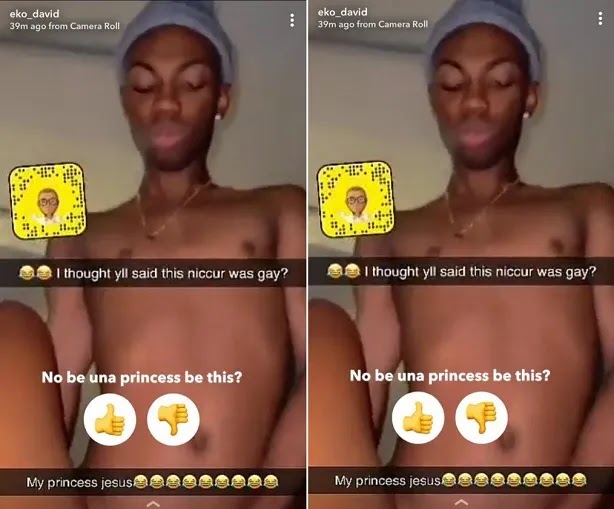Nearly 40% Of Nigerian Children In Child Labour With Cross River, Yobe, Abia, Others Recording Worst Cases: NBS Report | #NwokeukwuMascot
News
…Nearly 40% Of Nigerian Children In Child Labour With Cross River, Yobe, Abia, Others Recording Worst Cases | #NwokeukwuMascot
The National Bureau of Statistics (NBS) has revealed that about 50.5 per cent of Nigerian children, aged between 5 and 17, are engaged in economic activities.
The revelation is contained in a report by the bureau, an official office of the Nigerian government that gives statistical information on the country released on Thursday, titled: “Nigeria Child Labour and Forced Labour Survey 2022″.
It listed 12 states where children (5-17 years) in child labour are prevalent, with Cross River coming on top, recording 67.4 per cent.
Cross River is followed by Yobe State with 62.6 per cent; Abia State follows with 60.1 per cent; Plateau State follows with 58.9 per cent; Taraba State follows with 58.6 percent; Ebonyi State follows with 56.2 per cent while Imo State recorded 56.2 per cent.
Kogi State, 54.4 per cent; Bauchi State has 53.3 per cent; Akwa Ibom State came 10th with 52.5 per cent, while Delta State recorded 50.1 per cent and Kebbi State, 48.1 per cent.
From the statistics, no Southwest state is among the top 12 states with the prevalence of children in child labour.
By geographical locations, two states in North Central – Kogi and Plateau – were listed and in North East zone, three states – Yobe, Taraba, and Bauchi were among the top 12.
Only one state in North West is on the list- Kebbi State. South East and South South regions recorded three states each.
Child labour, according to the bureau, refers to work for which children are either too young or that may be physically or psychologically injurious to their health and well-being.
“50.5 per cent ( 31,756.302) of all children aged 5 – 17 years old in Nigeria are engaged in economic activity,” the NBS said.
According to the report, 39.2 per cent of children (24, 673, 485) are in child labour and 22.9 per cent of children (14,390,353) are involved in hazardous work.
It noted that the North-West geopolitical zone had the highest number of children in child labour (6,407,102) and in hazardous work (3,266,728).
However, in terms of the percentage of children in child labour and hazardous work, the NBS said the South-East region has the highest prevalence of children involved in child labour at 49.9 per cent.
“In the 5-17 age group, nearly 94 per cent of children in child labour are involved in own-use production of goods (including collection of firewood and fetching water), 24 per cent are in employment and 11 per cent perform unpaid trainee work,” the report said.
It said children aged 5-14 years old in child labour are less likely to be in employment and more likely to be engaged in own-use production of goods than children aged 15-17 years old in child labour.
It explained that almost 96 per cent of children in child labour who live in rural areas are engaged in own-use production of goods and nearly 26 per cent are in employment compared to 89 per cent and 20 per cent respectively of children in child labour who live in urban areas.
It added that in the 5 -17 age group, children in child labour spend an average of 14.6 hours per week working, while older children in child labour spend more time per week at work than younger children.
Children aged 15 – 17 years old in child labour spend an average of 24.6 hours per week working compared to 19.4 hours for children aged 12 – 14 years old and 9.8 hours for children aged 5 – 11 years old.
“Children in child labour who live in rural areas spend 2.3 more hours working on average than children in child labour who live in urban areas. Boys in child labour spend more time working per week on average than girls in child labour,” it said.




Comments
Post a Comment